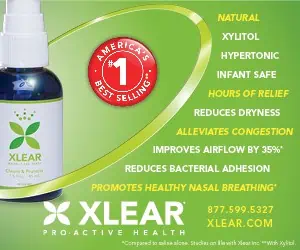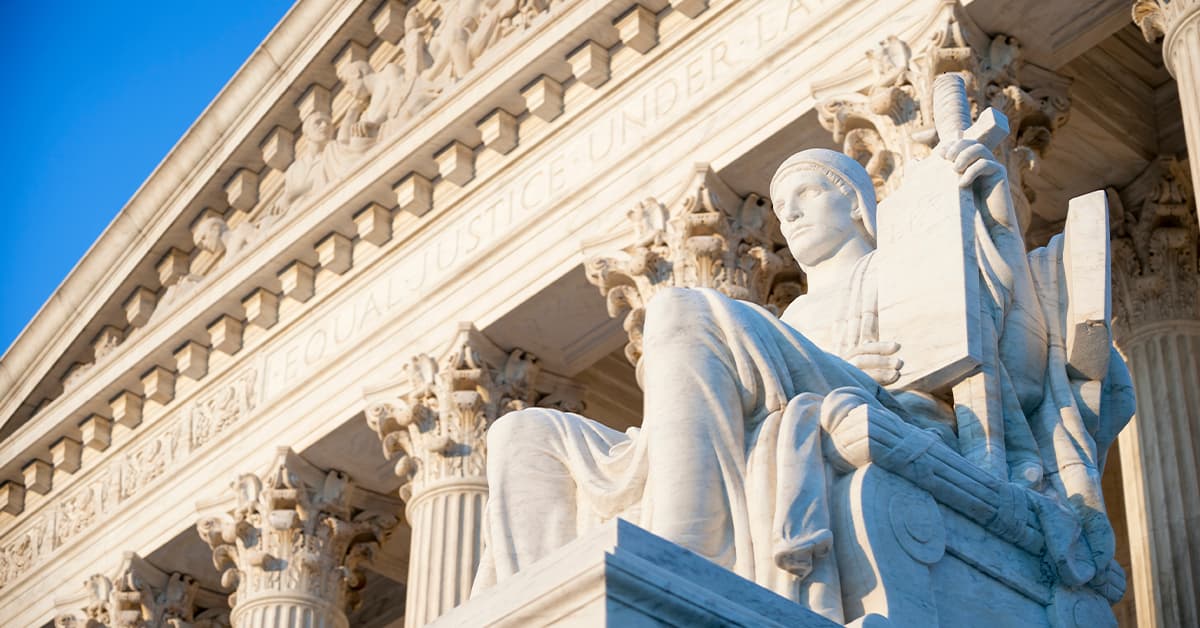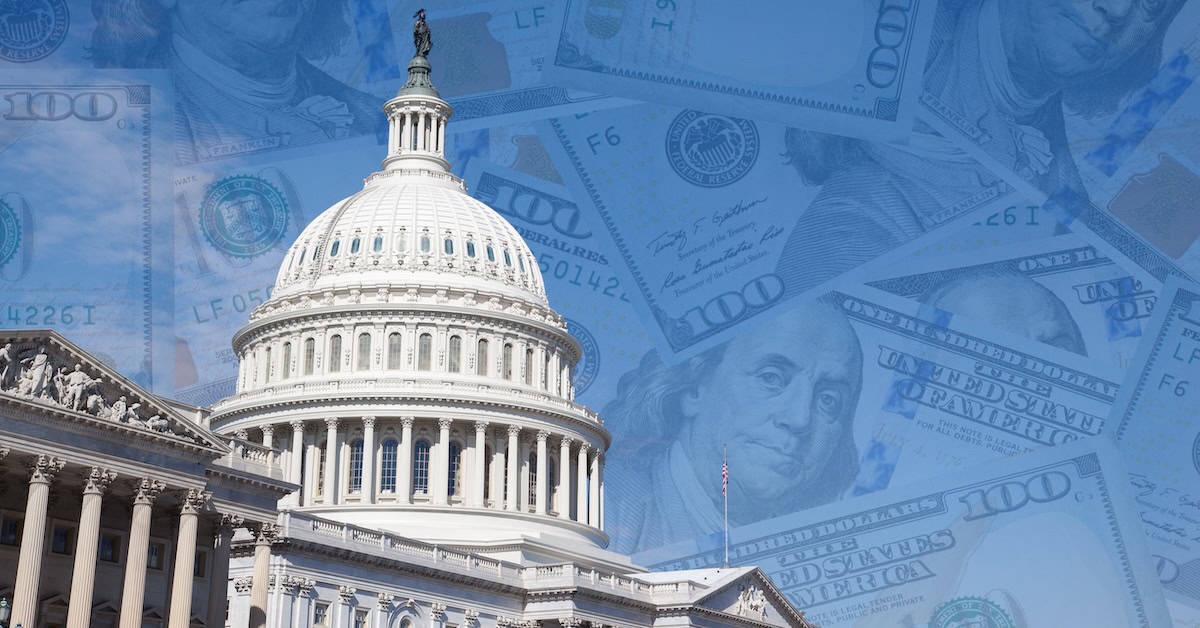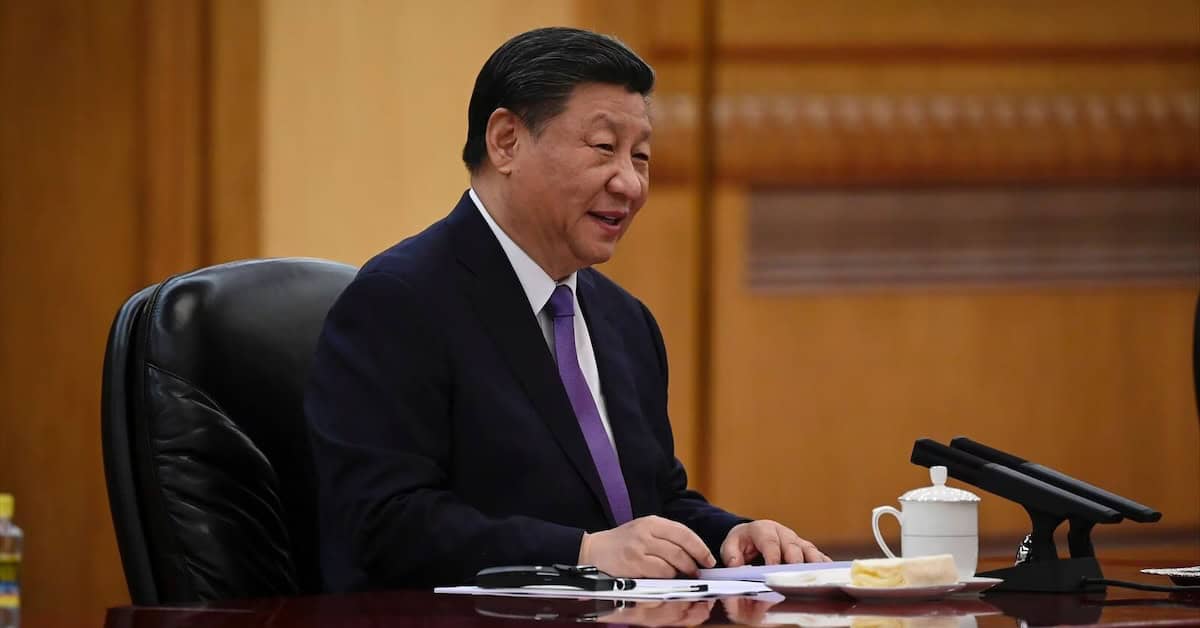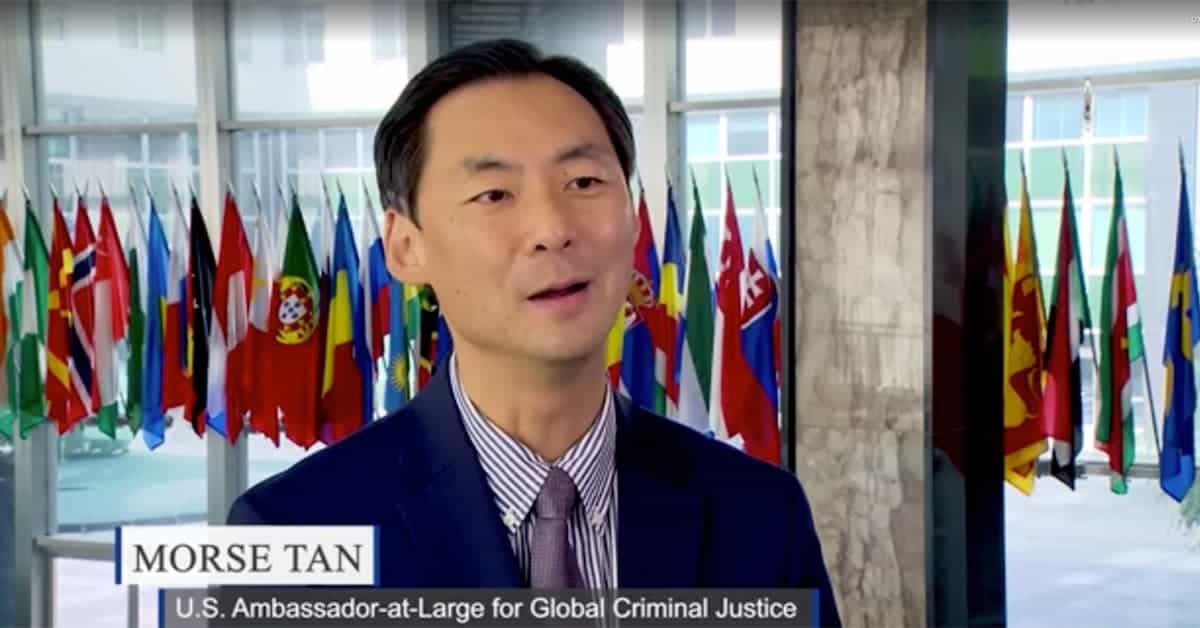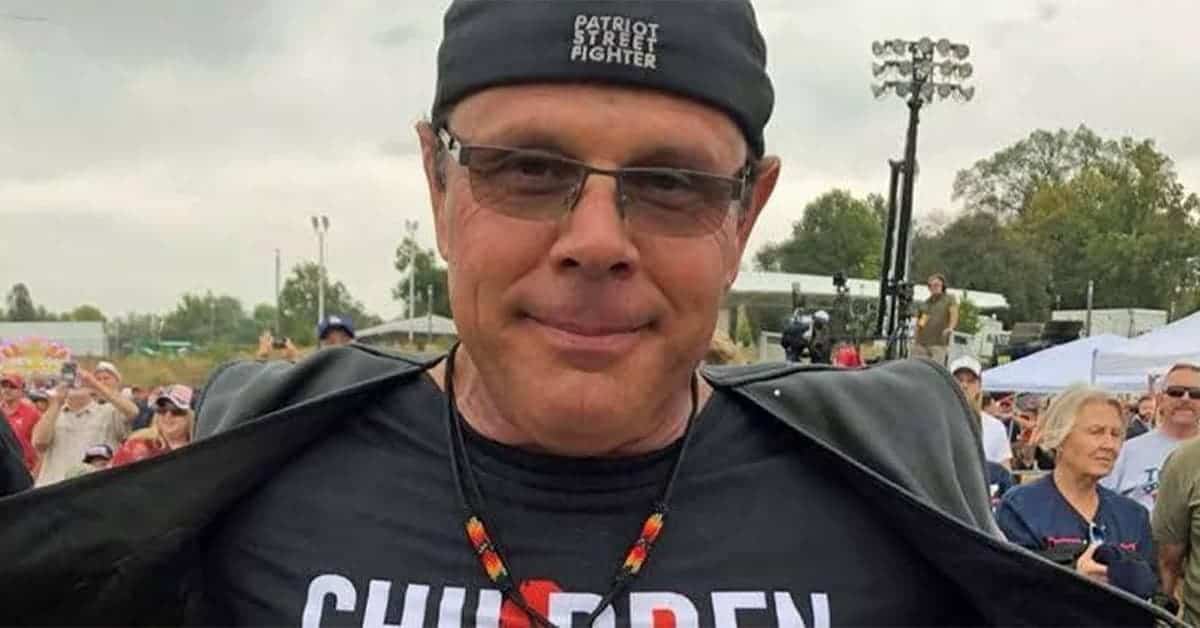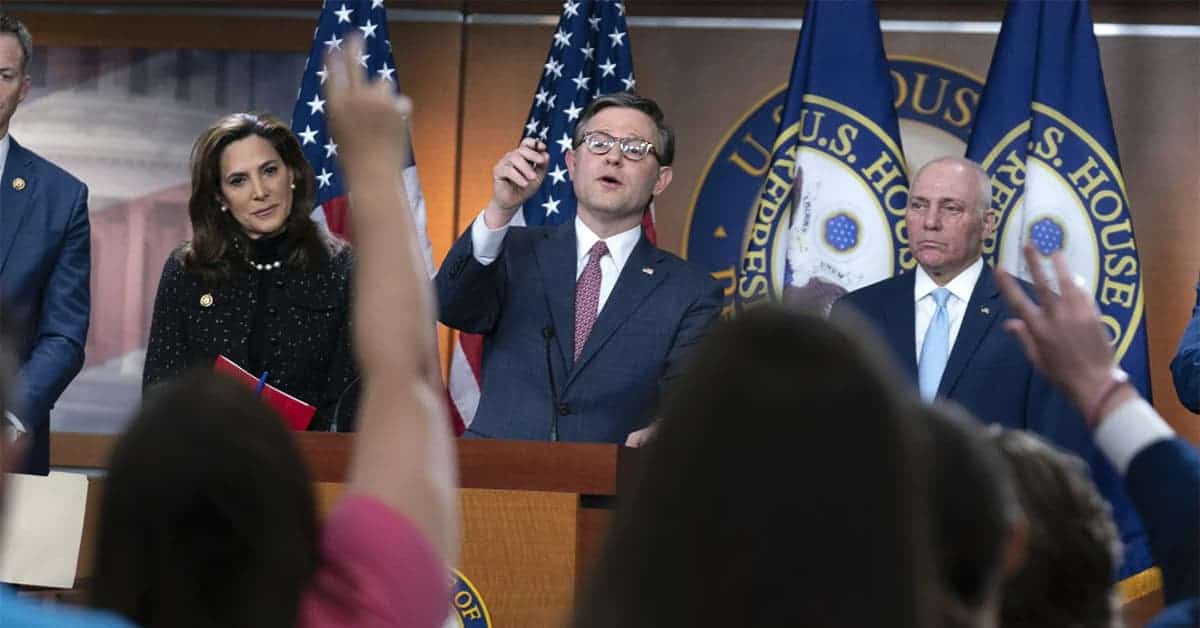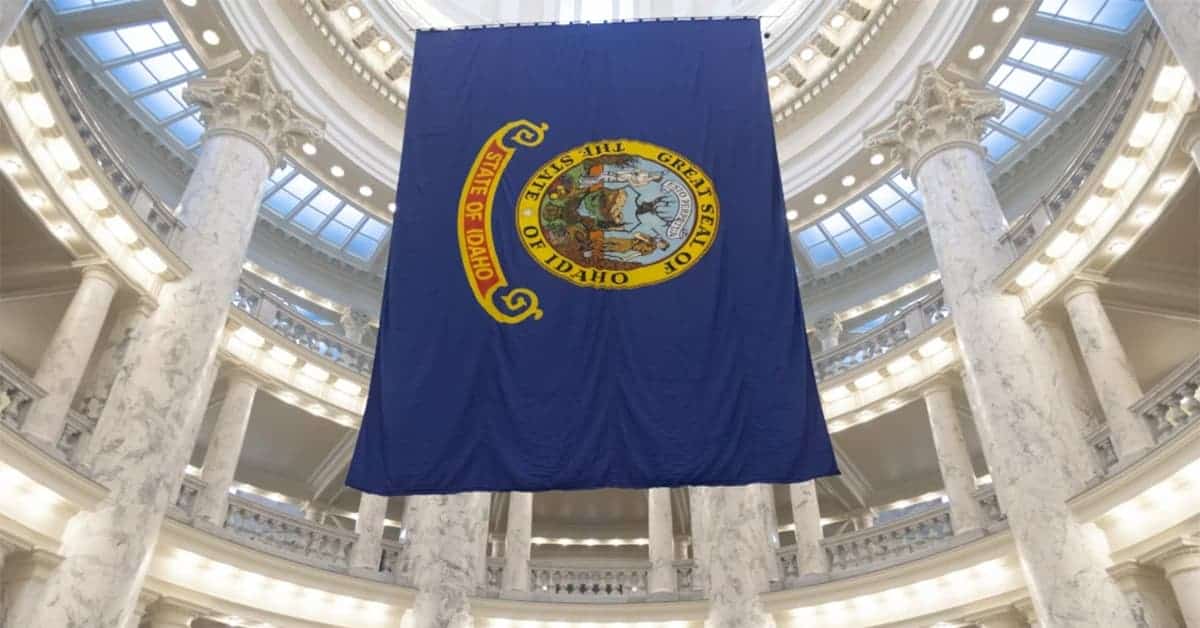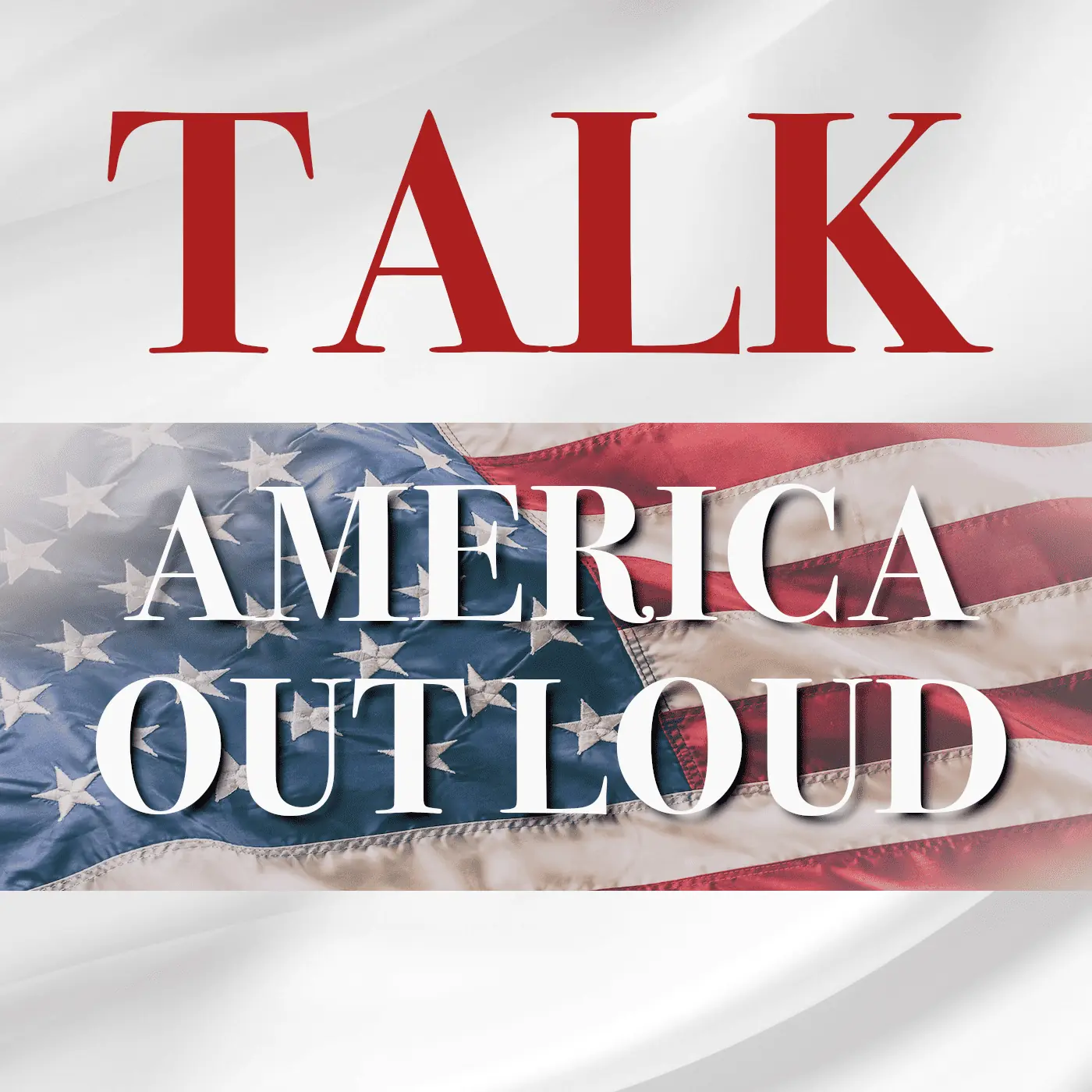There has been a lot of discussions lately about federal vaccine mandates. OSHA is mandating that all businesses with 100 employees or more institute either a vaccine or a mask & test policy, while HHS is mandating that all providers who receive Medicaid or Medicare funds must have an employee vaccination requirement. These mandates have been challenged in court, and oral arguments were heard in the Supreme Court. While many court watchers believe that the Supreme Court will strike down these mandates, reading through the transcript of the arguments showed the problem is much worse than these illegal mandates.
Oral arguments in two combined cases were heard at the Supreme Court on Friday, January 7, 2022. National Federation of Independent Business (NFIB) v. Department of Labor, Occupational Safety and Health Administration (OSHA) was combined with Ohio v. OSHA and heard together. Similarly, Biden v. Missouri and Becerra v. Louisiana were heard together as well. Both cases involved the question of “vaccine” mandates. The main difference between them is the target of the mandates and the government entity that issued them. While many of the arguments are similar, did Congress grant to the agency in question the authority to mandate “vaccines”? They also missed what is to me, the most basic question: Does the Constitution delegate to the United States the power to mandate the use of an experimental pharmaceutical as a condition of employment?
National Federation of Independent Business v. Occupational Safety and Health Administration
First up is the case NFIB v. OSHA. In this case, NFIB is suing OSHA and requesting a stay, preventing OSHA from implementing its Emergency Temporary Standard requiring all businesses with 100 or more employees to implement a vaccination or testing mandate for their employees. Mr. Scott Keller, arguing on behalf of the NFIB, started with:
OSHA’s economy-wide one-size-fits-all mandate covering 84 million Americans is not a necessary, indispensable use of OSHA’s extraordinary emergency power which this Court has recognized is narrowly circumscribed.
(NFIB v. OSHA – Oral Arguments)
In the parallel case, Ohio v. OSHA, Benjamin Flowers argued on behalf of the State of Ohio.
OSHA typically identifies a workplace danger and then regulates it. But, here, the President decided to regulate a danger and then told OSHA to find a work-related basis for doing so. This resulted in the vaccine mandate, a blunderbuss rule, nationwide in scope, that requires the same thing of all covered employers, regardless of the other steps they’ve taken to protect employees, regardless of the nature of their workplaces, regardless of their employees’ risk factors, and regardless of local conditions that state and local officials are far better positioned to understand and accommodate.
(NFIB v. OSHA – Oral Arguments)
Both of the appellants, the NIFB and the State of Ohio, claim that OSHA has exceeded their regulatory power with this mandate. Meanwhile, Solicitor General Elizabeth Prelogar, argued on behalf of OSHA.
OSHA amassed substantial evidence of wide-sprayed — widespread workplace outbreaks across all industries. It studied the science of how this virus is transmitted and found that workers are exposed to danger when they’re inside together for as little as 15 minutes, and OSHA considered the extensive evidence that unvaccinated employees are at heightened risk of contracting the virus, of transmitting it to others and infecting their coworkers, and of suffering the gravest. consequences, hospitalization and even death.
To protect against that grave danger, the standard requires employers to adopt a policy that unvaccinated employees either get vaccinated or mask and test. Those are commonplace and highly effective measures that OSHA determined were essential to stopping the spread of this dangerous disease at work.
(NFIB v. OSHA – Oral Arguments)
There was plenty of argument and debate around questions of procedures, legal standards, etc. Both sides presented facts and figures to support their positions, including data, exaggerations, and outright lies. I think Justice Kagan pointed out the central question in both arguments though, and the fatal flaw currently running rampant in our governments.
JUSTICE KAGAN: Mr. Keller, your — your very last comment in your first part of your argument I want to come back to because your very last sentence, you said the question is, who decides? And I think that that’s right. I think that that is the question.
(NFIB v. OSHA – Oral Arguments)
Who decides? Shouldn’t that be the fundamental question in any free country? Do the people decide or does the government decide? Sadly, but not unexpectedly, Justice Kagan not only started on the wrong side of the Constitution, but showed the fatal flaw in the appellants’ arguments.
So who decides? Should it be the agency full of expert policymakers and completely politically accountable through the President? This is not the kind of policy in which there’s no political accountability. If people like this policy, they’ll go to the polls and vote it that way. If people don’t like it, they’ll vote that way.
This is a publicly — a politically accountable policy. It also has the virtue of expertise. So, on the one hand, the agency with their political leadership can decide. Or, on the other hand, courts can decide. Courts are not politically accountable. Courts have not been elected. Courts have no epidemiological expertise.
Why in the world would courts decide this question?
(NFIB v. OSHA – Oral Arguments)
Neither Mr. Keller nor Mr. Flowers made a constitutional argument. In fact, while the justices claimed they had accepted the constitutionality of OSHA and a passing mention of the Constitution’s separation of powers, the document itself was never quoted. At one point Justice Sotomayor stated:
I understood the fact that in an emergency we should not violate the Constitution, but I’m not quite sure what regulation of safe and healthy, what provision of the Constitution it violates.
(NFIB v. OSHA – Oral Arguments)
It breaks my heart to see someone who is supposed to be one of the best legal minds in our country who cannot understand the plain language of the very document she took an oath to support. Sadly, Justice Sotomayor was not alone in her lack of understanding of the Constitution.
JUSTICE GORSUCH: Mr. Flowers, I’d like to return to the question of — of who decides. And I think we’ve all kind of come to the point where we all agree that states have — have a wide police power under our constitutional system that Congress has to regulate consistent with the Commerce Clause and — and make the major decisions while agencies can do the work that Congress has given them to do but not other kinds of work. And the major questions doctrine kind of regulates that interaction between Congress and agencies.
(NFIB v. OSHA – Oral Arguments)
So let me answer the question of who decides, not by naval gazing within the federal government, but by going to the actual document these justices took an oath to support.
Constitutional Argument
Let’s start with the most basic concept of separation of powers. Not between the branches of the federal government, but between the United States and the Several States.
The powers not delegated to the United States by the Constitution, nor prohibited by it to the States, are reserved to the States respectively, or to the people.
(U.S. Constitution, Amendment X)
The very first question that should have been asked is not what did Congress authorize, but whether Congress had the authority to authorize it in the first place. If the Constitution does not delegate to the United States the power to mandate medical decisions or employment, then no act of Congress doing so is valid. This was clearly explained by both Alexander Hamilton and previous Supreme Court opinions.
There is no position that depends on clearer principles, than that every act of a delegated authority, contrary to the tenor of the commission under which it is exercised, is void. No legislative act, therefore, contrary to the Constitution, can be valid. To deny this, would be to affirm, that the deputy is greater than his principal; that the servant is above his master; that the representatives of the people are superior to the people themselves; that men acting by virtue of powers, may do not only what their powers do not authorize, but what they forbid.
WATCH THE VIDEO AND SUBSCRIBE ON RUMBLE
(Alexander Hamilton, Federalist Papers #78)
This idea that any act of Congress contrary to the Constitution is void is not unique to Mr. Hamilton. As I’ve already mentioned, the Supreme Court, in the case Marbury v. Madison, acknowledged it as well.
Thus, the particular phraseology of the Constitution of the United States confirms and strengthens the principle, supposed to be essential to all written Constitutions, that a law repugnant to the Constitution is void, and that courts, as well as other departments, are bound by that instrument.
Justice Gorsuch said that Congress has the power to regulate a state’s police power with the Commerce Clause, but the Commerce clause says no such thing.
To regulate Commerce with foreign Nations, and among the several States, and with the Indian Tribes;
(U.S. Constitution, Article I, Section 8, Clause 3 – Commerce Clause)
This mandate isn’t regulating interstate commerce; it’s not regulating commerce at all. I have a hard time even considering this mandate as a regulation of employment, which Congress is not authorized to do in the first place. This mandate does not set standards of what employers must provide for their employees. Rather, this is an attempt to get private employers to enforce mandates the federal government is prohibited from enforcing on its own. In short, both the OSHA and Medicaid/Medicare mandates are attempts by the federal government to circumvent the Constitution.
Furthermore, both Justices Thomas and Kagan brought up the Necessary and Proper Clause.
JUSTICE THOMAS: The — the — you know, when — in — in McCulloch versus Maryland, Chief Justice Marshall, in looking at necessary and proper, saw “necessary” as more expansive than that as certainly modified by “proper” or in the context of “proper.” So it just suggests that “necessary” can be really necessary or not necessarily really necessary.
(NFIB v. OSHA – Oral Arguments)
JUSTICE KAGAN: — I guess, Mr. Keller, I — I don’t understand the point. Whatever “necessary” means, whether it’s necessary and proper or whether it’s something more than that, why isn’t this necessary to abate a grave risk?
This is a pandemic in which nearly a million people have died. It is by far the greatest public health danger that this country has faced in the last century. More and more people are dying every day. More and more people are getting sick every day. I don’t mean to be dramatic here. I’m just sort of stating facts.
And this is the policy that is most geared to stopping all this. There’s nothing else that will perform that function better than incentivizing people strongly to vaccinate themselves.
So, you know, whatever “necessary” means, whatever “grave” means, why isn’t this necessary and grave?
(NFIB v. OSHA – Oral Arguments)
While Justice Kagan does go on to explain just why she believes this mandate is “necessary”, both she and Justice Thomas seem to miss the point of the Necessary and Proper Clause.
To make all Laws which shall be necessary and proper for carrying into Execution the foregoing Powers, and all other Powers vested by this Constitution in the Government of the United States, or in any Department or Officer thereof.
(U.S. Constitution, Article I, Section 8, Clause 18 – Necessary and Proper Clause)
Congress has the power to makes laws necessary and proper for executing the powers vested in the government of the United States. Since the power to regulate employees’ medical decisions is not one of those powers, all of Justice Kagan’s emotional and hyperbolic rhetoric should mean absolutely nothing.
And all sides missed the Due Process Clause of the Fifth Amendment.
No person shall … be deprived of life, liberty, or property, without due process of law;
(U.S. Constitution, Amendment V – Due Process Clause)
These mandates not only deprive the employers of the liberty to run their business as they see fit and the property they have in their business, but it also deprives the employees of the liberty of deciding for themselves whether they wish to be vaccinated or not or to work with unvaccinated people or not. Rather than following due process (a governmental or judicial process designed to protect individual rights), these regulations ignore our rights and treat the American people as if they were identical cogs in a machine.
Biden v. Missouri and Becerra v. Louisiana
In these cases, the Biden Administration is trying to get the Supreme Court to overturn a preliminary injunction put in place by the Fifth Circuit Court of Appeals. Mr. Brian Fletcher, Principal Deputy Solicitor General of the United States, arguing for the President, argued that the mandate was the best way to prevent patients from getting infected.
MR. FLETCHER: Thank you, Mr. Chief, and may it please the Court:
Hospitals, nursing homes, and other Medicaid providers serve patients who are especially vulnerable to COVID-19 in settings that are especially conducive to the spread of the virus. The Secretary required those providers to make sure that their staff is vaccinated, subject to medical and religious exemptions because he found that vaccination is the best way to prevent workers from infecting their patients with a potentially deadly disease. He also found that any delay in implementing that requirement would cause preventable deaths and severe illnesses.
(Biden v. Missouri – Oral Arguments)
Mr. Jesus Osete, Deputy Attorney General for the State of Missouri, not only pointed out the decision this mandate requires healthcare workers to make, but the lack of statutory authority Secretary Becerra had to promulgate such regulations.
MR. OSETE: Mr. Chief Justice, and may it please the Court:
In early 2020, while millions stayed at home, millions of healthcare workers heroically stayed at work. These same workers are now forced to choose between losing their jobs and complying with the government’s vaccine mandate.
The Secretary claim — the Secretary’s claim of authority to impose this mandate is expansive, unprecedented, and unlawful for two principal reasons.
First, the Secretary believes a series of vague catch-all provisions scattered throughout the Social Security Act authorizes this sweeping mandate, but the relevant text, structure, and context say otherwise. …
Second, the rule is arbitrary and capricious under the APA.
(Biden v. Missouri – Oral Arguments)
Elizabeth Murrill, Solicitor General for Louisiana, brought the question to a finer point.
MS. MURRILL: Thank you, Mr. Chief Justice, and may it please the Court:
This case is not about whether vaccines are effective, useful, or a good idea. It’s about whether this federal executive branch agency has the power to force millions of people working for or with a Medicare or Medicaid provider to undergo an invasive, irrevocable, forced medical treatment, a COVID shot. It’s a bureaucratic power move that is unprecedented.
(Biden v. Missouri – Oral Arguments)
Different cases, but the same basic question: Who decides? It is unfortunate each had the same basic disregard for the Constitution so many involved swore or affirmed to support. Ms. Murrill did not argue whether the federal government had the power to force people to do their will, but only if Congress had authorized it by legislation.
Conclusion
“Who decides?” This is the most basic question of liberty. Do you decide for yourself or does someone decide for you? Are we free to make our own decisions or not? Can someone in government decide they know better than you do how you should live your life, under what conditions you will work, and what medical treatments you will subject yourself to? Are we a free people or subject to the government’s whims? Do we live at liberty?
Freedom from restraint, in a general sense, and applicable to the body, or to the will or mind.
(LIB’ERTY – Webster’s 1828 Dictionary)
Are the bureaucrats in Washington, D.C. tyrants over us?
A restraint of natural liberty not necessary or expedient for the public, is tyranny or oppression.
(LIB’ERTY – Webster’s 1828 Dictionary)
The answer comes from the question posed by Justice Kagan, of who decides? If we the people decide on when a restraint is necessary or expedient, then we live at liberty. If those in government make those decisions, we live in tyranny and oppression.
I’ve only uncovered the beginning of the constitutional dumpster fire that these cases represent. I have pages of notes and not nearly enough space to cover it all here, though I do have another question I want you to consider. What happens when a country ignores its supreme law? What is life like when bureaucrats, Congressmen, lawyers, and judges alike, all ignore their oaths to support the Constitution and their duty to protect our rights? What do we do when a government formed to protect our rights, which gets its power from our consent, instead ignores our consent and destroys our rights?
That to secure these rights, Governments are instituted among Men, deriving their just powers from the consent of the governed, –That whenever any Form of Government becomes destructive of these ends, it is the Right of the People to alter or to abolish it, and to institute new Government, laying its foundation on such principles and organizing its powers in such form, as to them shall seem most likely to effect their Safety and Happiness.




